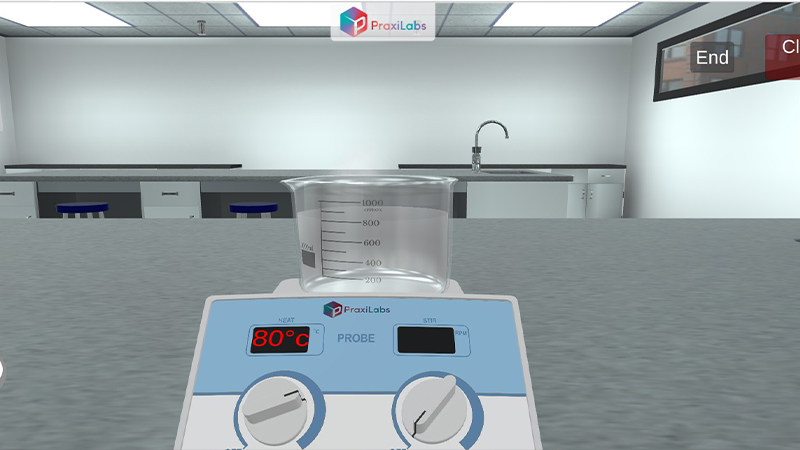





2.5M+
Active Users Worldwide
80%
Improved Learning Retention
60%
Reduction in Laboratory Costs
The aim of the thermistor experiment is to investigate how the resistance of a thermistor changes with temperature and measuring thermistor resistance.
Variation of resistance of thermistor with temperature using thermistor simulator.
By the end of the thermistor simulation, the student should be able to:
Thermistors can be classified into two types:




